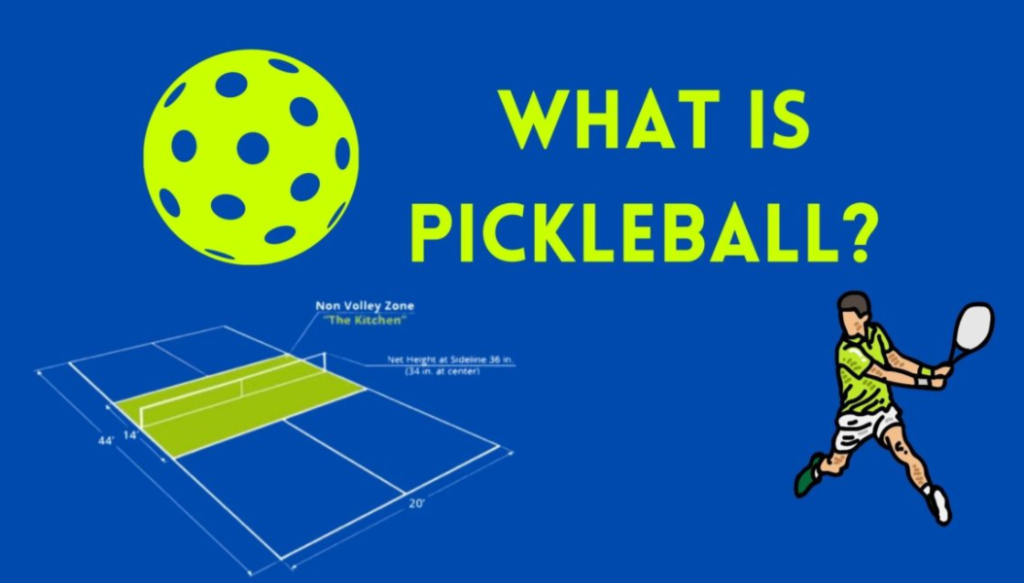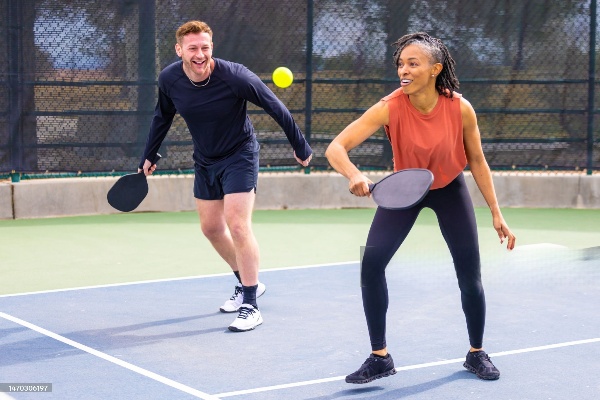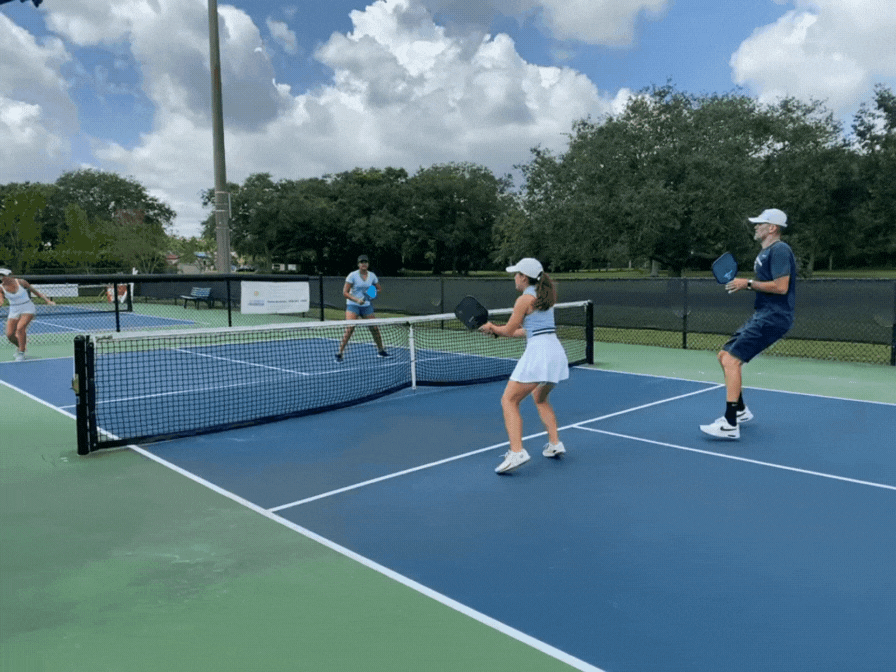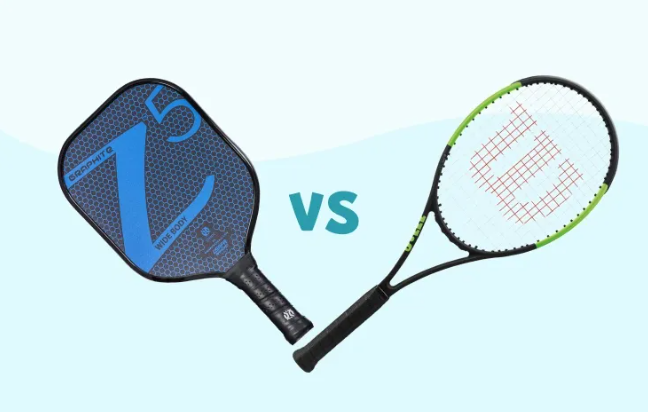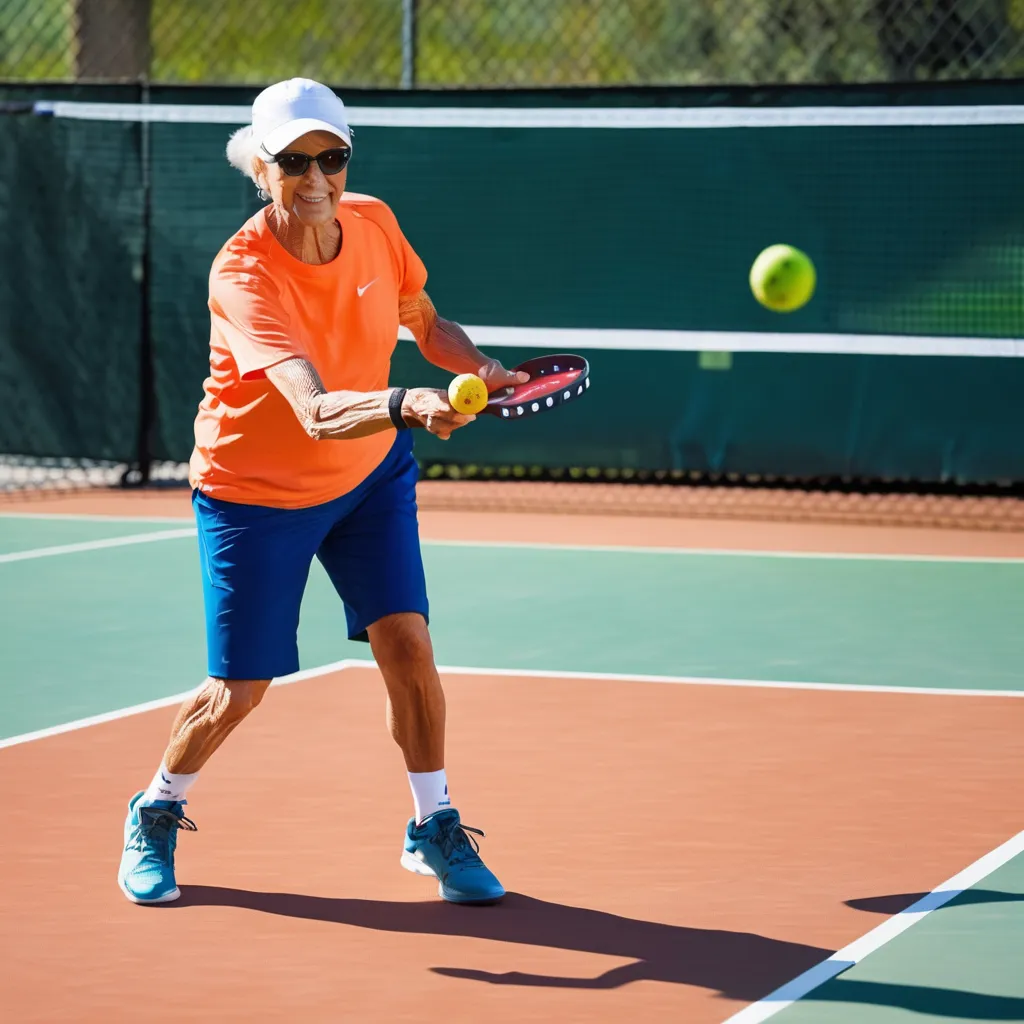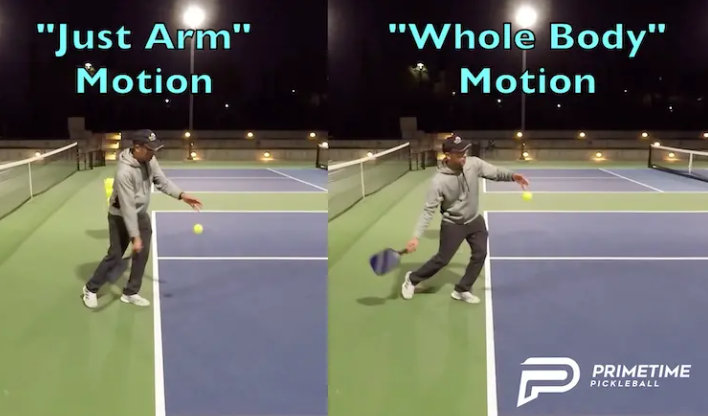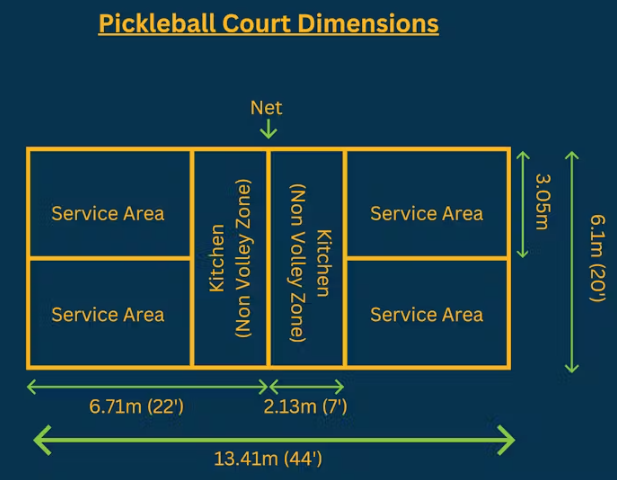Pickleball Rules for Single and Double play:
A Complete Guide to Pickleball Doubles Scoring and Rules
It amazes most people that each of the sports has its way of scoring a game or a match. What’s even more intriguing is that some games have multiple forms of scoring for singles or doubles games, and pickleball is one of them.
I recall my first experience in pickleball doubles where I was completely focused on the actions on the court. Then I found myself disconnected from an equally important aspect of the game- pickleball doubles scoring.
Once I understood the meaning of the pickleball scoring rules, I found the game worthwhile and enjoyable; I soon came to know that, like any other sport, it is a game of strategy. Are you new to pickleball? Or are you perhaps a returnee who just wants to get a quick recap of how pickleball doubles scoring and rules work? You’re in the right place!
How to Score in Pickleball Doubles
Like any other sport, you must win by a specific margin in pickleball, and only the serving team can score points. However, the pickleball doubles rules are what separates it from so many other sports. But when it pertains to scoring in pickleball doubles, it’s a little unique. Here’s how.
Pickleball Doubles Scoring: The Three-number System
Whenever the play for a new point starts, the server calls the score out loud for both sides to hear. The scores consist of three numbers in the following order: the serving team’s score, the score of the receiving team, and the server number.
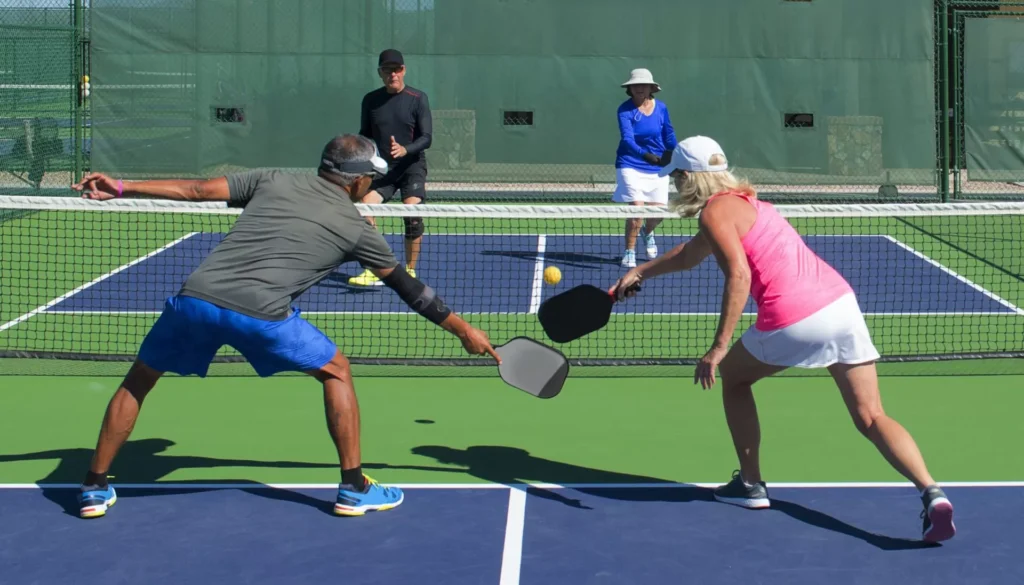
For example, if your team is serving, you are the first server and have four points while your opponent has two points, so the server would call out “4-2-1”. Meanwhile, pickleball singles games don’t need a third number. The scores only include the number of points each player has, with the serving player’s score coming first.
Scoring a Point
As per pickleball doubles rules, the players on the serving team continue to serve until their team makes a mistake. A fault occurs when the pickleball touches any part of the non-volley zone during a serve. It also includes instances where the ball is hit out of bounds or volleyed from a non-volley zone (kitchen).
In the less popular pickleball singles game, a server only has a single attempt to serve. This means that if you mess up your serve, your opponent gets to serve straight away.
Serving
When the serving team scores a point, the server shifts to the opposite side of the court to serve again. If the serving side fails to score a point, the server never alternates. The receiving team does not alternate sides regardless of them scoring a point or not.
Sideout
A sideout happens whenever the serving team loses their serve, and the serve moves to the opposite team. To begin a game, the first-serving team usually starts as the #2 serve, meaning it will be a sideout if they fail to win the rally.
In simple terms, a sideout is when the serve changes from one team to another, giving another team the opportunity to score points.
Pickleball Serving Rotation
According to pickleball doubles strategy, the serving rotation is slightly different from other sports. When a team fails to win points from two serves, the other team gets the chance to serve to try and win points.
Remember, only the serving team wins the point from their serves. If they fail to win, the receiving team can’t win the points anyway as per pickleball serving rotation doubles.
Pickleball Doubles Rules to Dominate the Court
Specific rules guide the game of pickleball, but there are even more unique rules for doubles. Let’s look at some of them:
- All serves must be done underhand. More importantly, the server must connect to the ball below the waist.
- Servers must hit the ball into the opponent’s diagonal service area. Doing otherwise will result in a fault.
- Players can only attempt one serve, but a re-serve is allowed only if the ball touches the net and lands in the service area.
- Initially, only one player from the first-serving team has a service turn. For the remainder of the match, other members will have a turn to serve before their opponent’s service turn.
- Both teams should play off the bounce for the first shot of a rally, that’s known as a double bounce rule. Once both teams have played their first shot, the volleys are now considered a fair game.
- No player can step into the non-volley or kitchen zone except when the ball has bounced on their side of the court.
- There can only be one bounce on the same side of the court. If the ball bounces twice on the same side, the opposing team wins the point.
Pickleball Doubles Scoring: The Win by Two Pickleball Rule
According to pickleball scoring rules, a team must score 11 to win the game but at the same time, the winning team needs a two-point advantage to win. Thus, to triumph in a doubles game, a score of 11-10 is not enough—you need 12-10!
However, some games, especially in tournaments, may go to 15 or 21 points, but the “win by 2” rule always applies. And unlike tennis, in pickleball doubles, only the serving team can score points.
Conclusion
With the increase of pickleball’s popularity, players need to learn more about how to score in pickleball doubles and singles. This will also help them understand the pickleball doubles rules, and the general play pattern. Now, you know how pickleball doubles scoring works! Also, knowing the intricacies of pickleball doubles service orders can make this game more fun for you. So, what are you waiting for? Grab your partner and start playing! If you found this guide helpful, share it with your pickleball crew, and let the fun begin!


